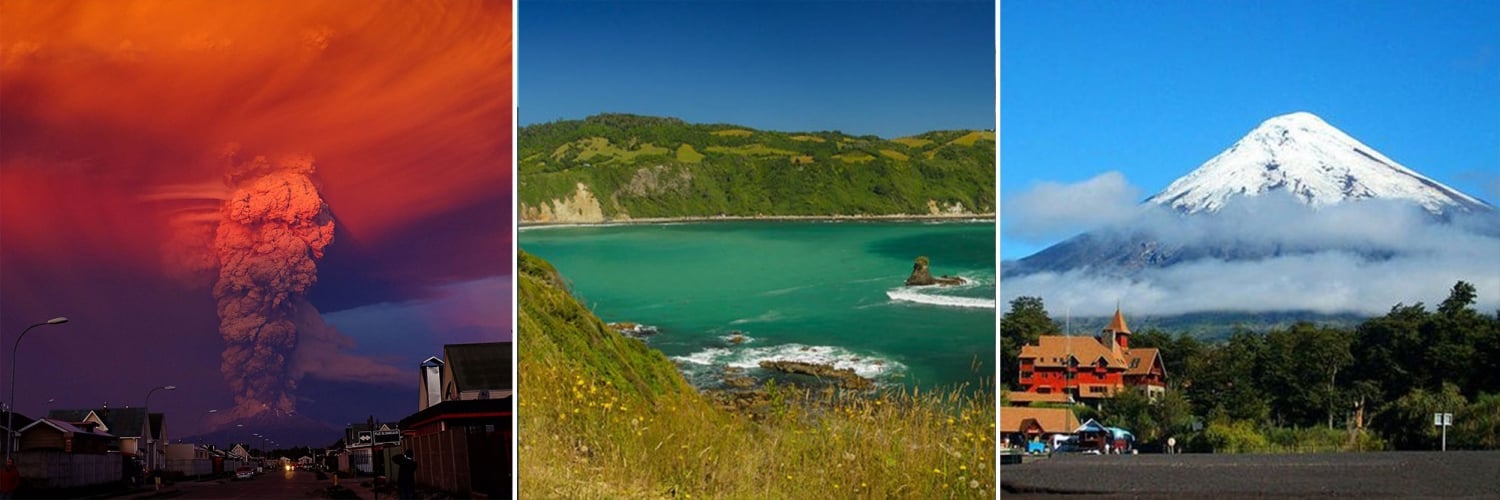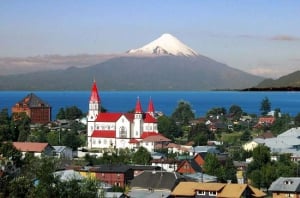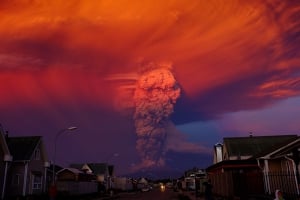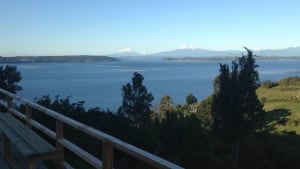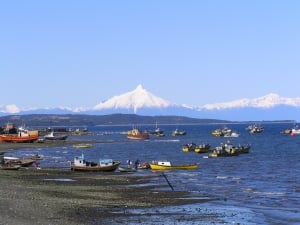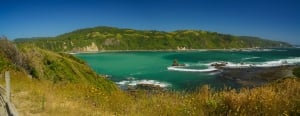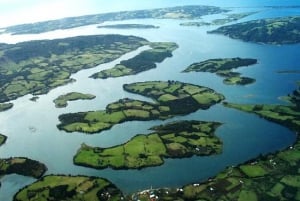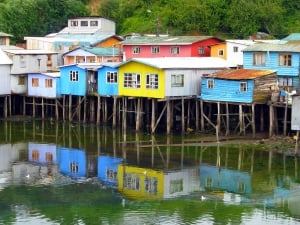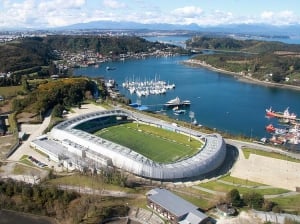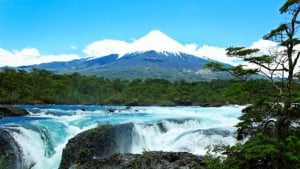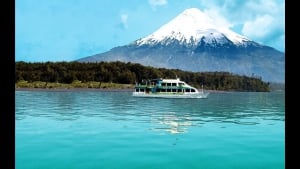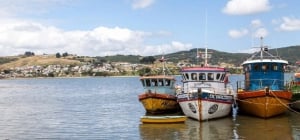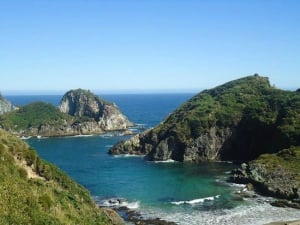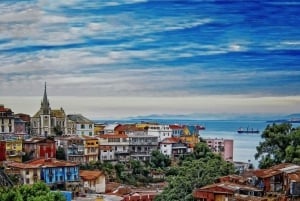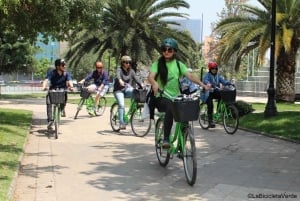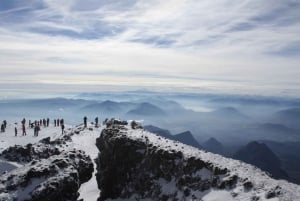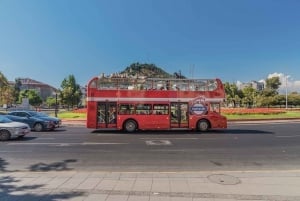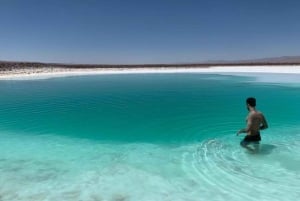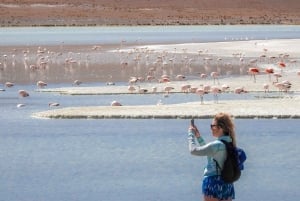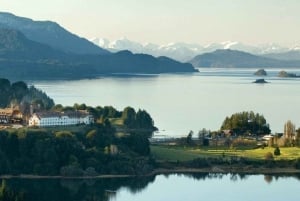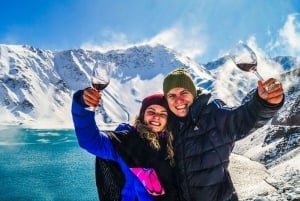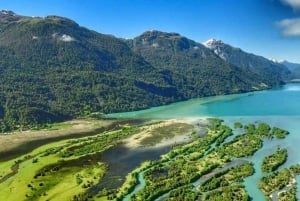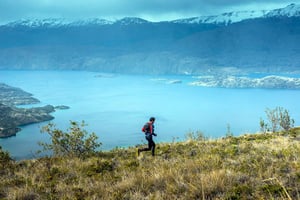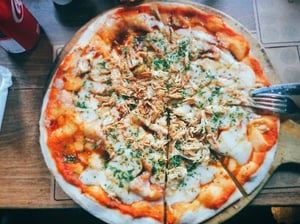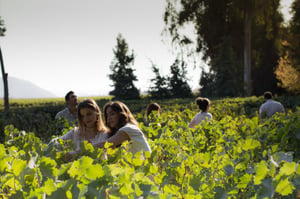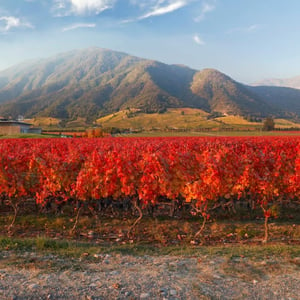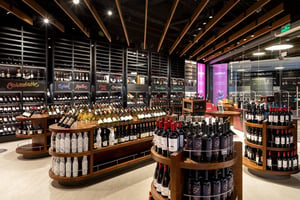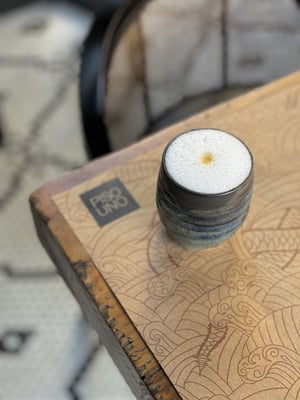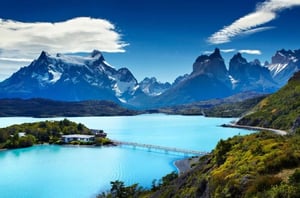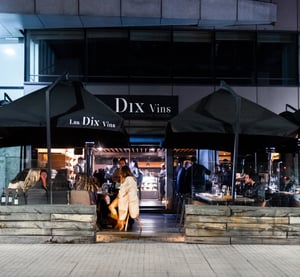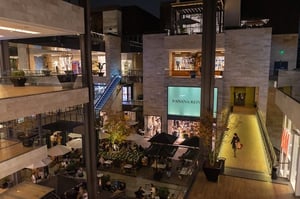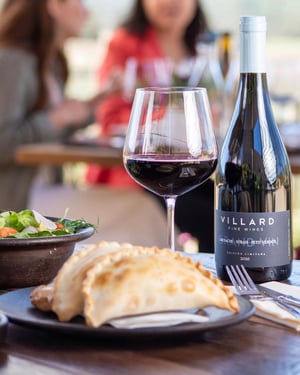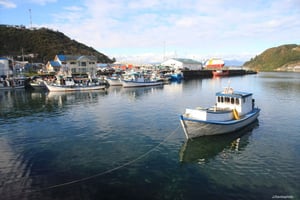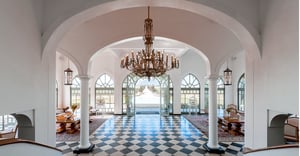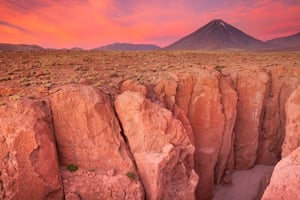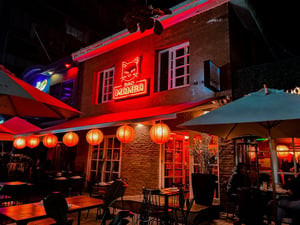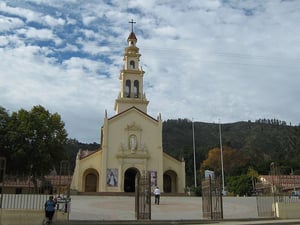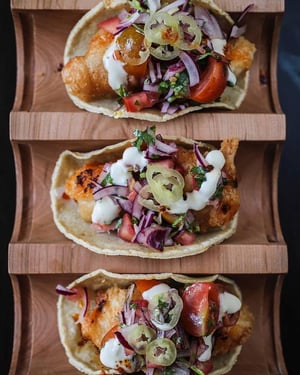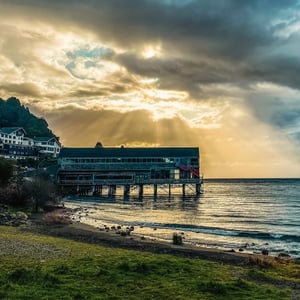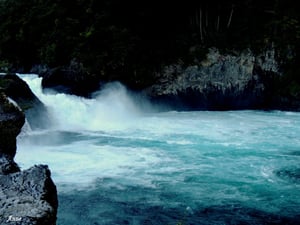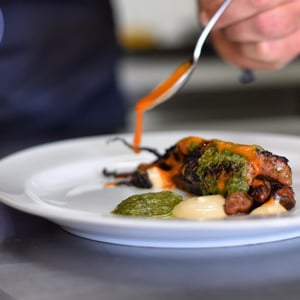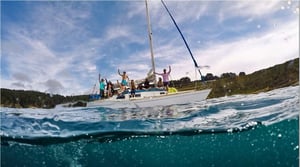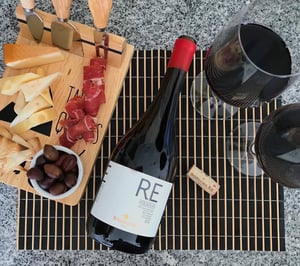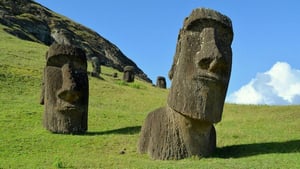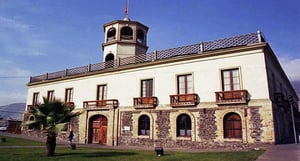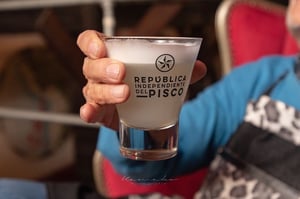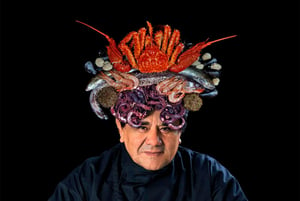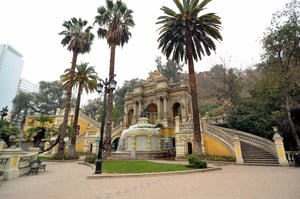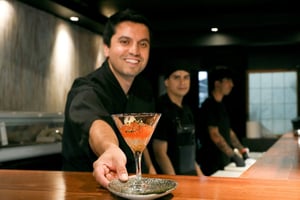Los Lagos
Myths and legends are daily bread in the Region of Los Lagos, but gastronomic traditions will make your mouth water
The Lakes, all the magic and wonders of the south
The Region of Los Lagos invites you to discover beautiful landscapes, with beautiful destinations full of magic and charm. Myths and legends are daily bread, and the gastronomic traditions will make your mouth water.
Los Lagos has the famous archipelago of Chiloe, a land where many myths and legends come together, such as the Trauco (a creature with factions resembling an ogre that walks through the forests of the big island) and the Caleuche (ghost ship) that appears on the coasts of the big island).
It is in this archipelago that is the city of Castro, the third oldest city in the country. Which was burned by Dutch pirates who looted that area of the continent. But not only Chiloe will captivate you, but also its beautiful cities such as Osorno, Puerto Montt, and Frutillar. Lake Llanquihue will dazzle you. Come to know this land full of magic, legends, and beautiful traditions.
Los Lagos, region, southern Chile, bordering Argentina to the east and facing the Pacific Ocean to the west. It was created in 1974 and comprises Valdivia, Osorno, Llanquihue, Palena, and Chiloe provincias.
In the northern part of the region are the forested coastal mountain range, the westward-extending lowlands of the Valdivia and Bueno river systems, the southern end of the fertile Central Valley, and, rising above these, the Andes Mountains. In the south, the landforms of central Chile are transformed. The Andean cordillera dominates the region’s southeast mainland, its elevation is much reduced, and its peaks rise between glacial valleys to become fjordlike estuaries.
The sunken Central Valley becomes the 30-mile- (48-km-) wide Corcovado Gulf. The coastal mountain range of the north is submerged, its tips emerging from the Pacific as the large Chiloe Island and the innumerable archipelagos and islands (chiefly Guafo and the Guaitecas) to its east and south.
German colonizers, who began arriving in the mid-19th century, stimulated economic growth in the north. Agriculture is the economic mainstay, and potatoes, beef, dairy products, wheat, oats, and fruit are produced. Lumber production in Valdivia province is of major economic importance to the nation. Local industry is concerned for the most part with processing farm and forest products, but there are also iron and steel smelters, foundries, and fish canneries. Tourism provides a major source of income, for the northern area has many lakes, including Calafquen, Panguipulli, Riñihue, Ranco, Puyehue, and Chile’s largest lake, Llanquihue. The Pan-American Highway and the main north-south railway terminate at Puerto Montt, the regional capital.
The topography of the southern part of the region, and its colder, rainy climate, has kept this area relatively poor. The chief agricultural product is potatoes; lumbering is important, but the fishing potential has not been developed. The population is sparse, mostly Indian, and concentrated on Chiloe Island. Transportation is almost solely by water.


